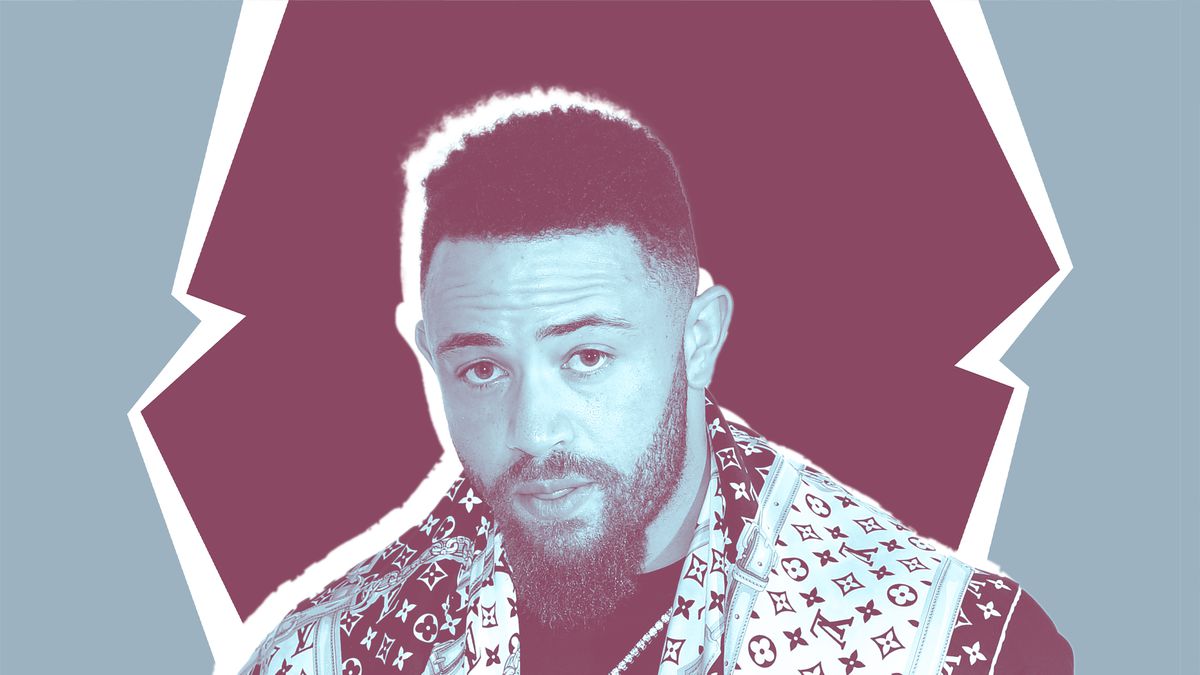Ex-UK soccer player and reality TV star Ashley Cain shared heartbreaking news on social media on Sunday. His baby daughter, Azaylia Diamond Cain, died on Saturday at 8 months old. At only 8 weeks old, she was diagnosed with a rare, aggressive form of leukemia known as acute myelogenous leukemia (AML).

Aesthetic practitioner Vorajee posted two images of her cradling her daughter, writing in the caption, "You are my Angel my heartbeat my soul, RIP my precious baby, you will always be with me like a handprint on my heart."
https://www.instagram.com/p/COFj6vhn87G/
On Monday, Cain shared another image on Instagram, showing him holding Azaylia's hand. "My heart is shattered," he wrote. "You gave my life purpose, my face a smile, filled my heart with love and my soul with pride." He continued: "I can't put into words my sadness and pain, there aren't words to describe it. I love you with every ounce of my body and I miss you so much already."
https://www.instagram.com/p/COIH-Bwno7M/
The couple had raised more than $2.2 million via their GoFundMe campaign to pay for specialist treatment for Azaylia in Singapore. But Cain revealed on Instagram last month that she was too ill for the treatment. A statement on the fundraising page says, "We will be donating any extra money to other children and their families in the same situation as us—we pledged to give back to this community from the moment we were thrust into it and that is something we will always honour."
What is acute myelogenous leukemia?
AML is a type of leukemia that begins in the bone marrow, where new blood cells are made. More specifically, it originates in the myeloid cells that normally form white blood cells (other than lymphocytes), red blood cells, or platelets.
According to the American Cancer Society, most childhood leukemias are acute, which means they progress quickly and typically need to be treated without delay. Most children with leukemia—about three out of four—have acute lymphocytic (lymphoblastic) leukemia (ALL), which starts in early forms of white blood cells called lymphocytes. Most of the remaining cases have AML, also known as acute myeloid leukemia, acute myelocytic leukemia, or acute non-lymphocytic leukemia.
AML typically strikes children during the first two years of life or in their teenage years, says the American Society of Clinical Oncology. However, AML is more common in adults than children.
Signs and symptoms of childhood leukemia
There aren't any widely recommended blood tests or other screening tests to detect leukemia before it starts to cause symptoms, meaning it's usually found through signs and symptoms. Per the American Cancer Society, symptoms are often caused by problems in the bone marrow—as leukemia cells multiply in the marrow, they outnumber healthy blood cells.
If a child doesn't have enough red blood cells (known as anemia), they may display symptoms such as fatigue, weakness, dizziness, shortness of breath, and paler skin. If white blood cells are affected, the most common symptoms are infections and fever (with or without an infection).
Platelets are tiny, golden-colored cells made in the bone marrow, which help to stop bleeding. A shortage of platelets can lead to easy bruising and bleeding, frequent or severe nosebleeds, and bleeding gums.
Leukemia in children may also cause bone or joint pain, swelling of the abdomen, swollen lymph nodes, coughing or trouble breathing, and loss of appetite or weight loss.
To detect and diagnose AML, doctors typically carry out a physical exam and take a blood sample. Per the National Cancer Institute, the blood sample is sent to a lab to check for the number of red blood cells and platelets; the number and type of white blood cells; the amount of hemoglobin (the protein that carries oxygen) in the red blood cells; and the portion of the blood sample made up of red blood cells.
How is AML treated?
Various treatment options are avaiable for AML, including chemotherapy, targeted therapy with a monoclonal antibody (gemtuzumab), radiation therapy, and stem cell transplant.
Due to advances in treatment methods, the survival rate for childhood leukemia has greatly improved in recent decades. According to the American Childhood Cancer Organization, the five-year survival rate for ALL is now 90%. For acute myelogenous leukemia (AML), it's around 60-70%.
To get our top stories delivered to your inbox, sign up for the Healthy Living newsletter
